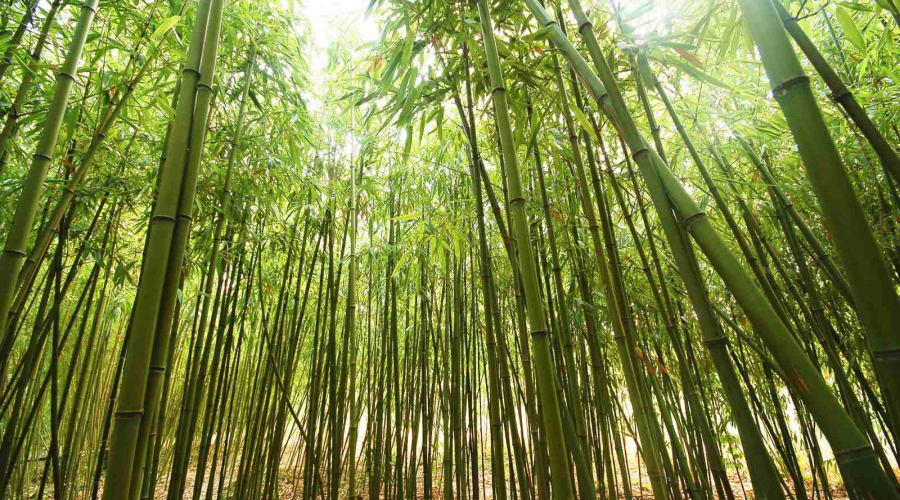Senate Bill No. 665: Philippine Bamboo Industry Development Council Act
Bamboo is gaining in popularity as construction material as a result of the declining supply of wood and is now widely distributed in private lands in the lowlands as well as in forest lands.
On a global scale, the value of the world’s bamboo market was estimated to be US$8 billion1for traditional and non-traditional bamboo products.
It can be concluded that the development of the bamboo industry in the Philippines can be a vehicle for generating more jobs and self-employment opportunities, especially in the rural areas. However, this potential cannot be met until we address the issue of the low supply of the raw bamboo materials.
The reported demand for bamboo poles in the country by all industry sectors is about 22 million culms a year while the estimated supply of the preferred species bamboo, such as kawayan tinik, giant Bamboo, bulo, buho, bayog, kawayan killing, kayali and laak, is only about 10 million culms.
Though the government has previously attempted to spur the bamboo industry’s growth through Executive Order No. 879 in May 2010, which created the Philippine Bamboo Industry Development Council (PBIDC), we have yet to draft a national bamboo development plan.
One of the main reasons for this is that the Council was not imbued with sufficient power to direct other government agencies and the private sector that are members of the Council to formulate the industry development program. Furthermore, The Secretariat of the Council does not have permanent personnel and the Council does not have a regular budget.
The twenty million pesos (PhP20 million) that was originally allocated for the operations of the Council has long been expended and it has not been replenished. Furthermore, the budget request for the Council for 2016 has been scrapped by the Department of Budget and Management.
This Act seeks to remedy these issues so that the Council can effectively develop the bamboo industry to generate employment, help the bamboo export sector capture a greater market, promote environmental sustainability and help mitigate the impacts of climate change, and assist the government in achieving inclusive economic growth.
In view of the foregoing, immediate passage of the bill is earnestly sought.

Recent Comments